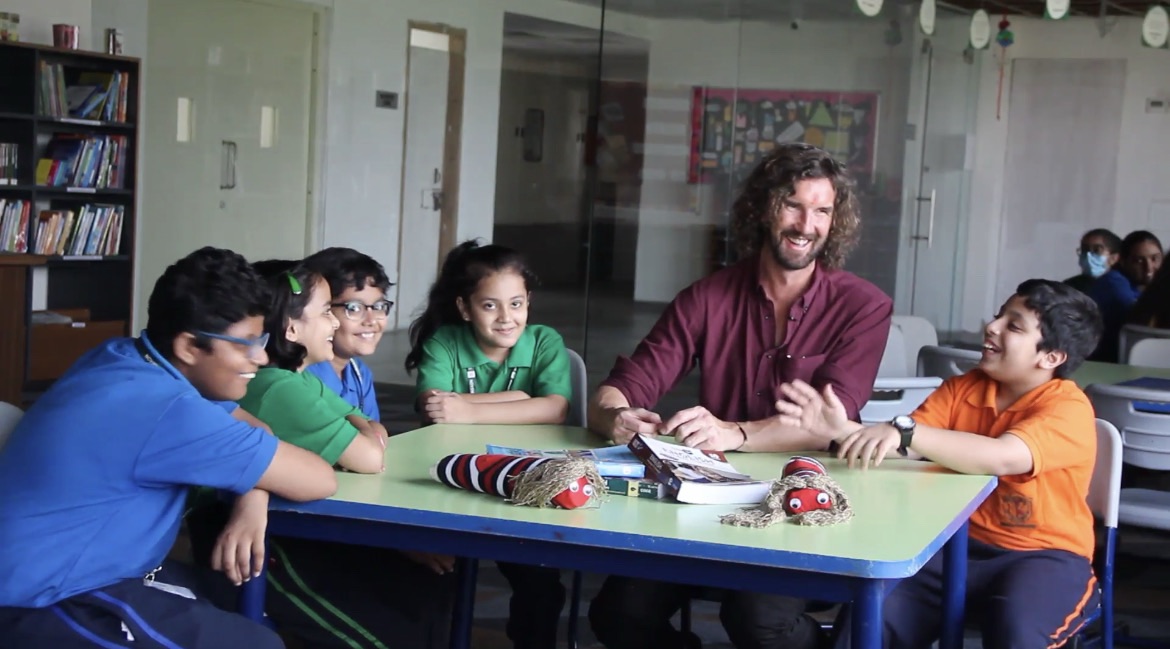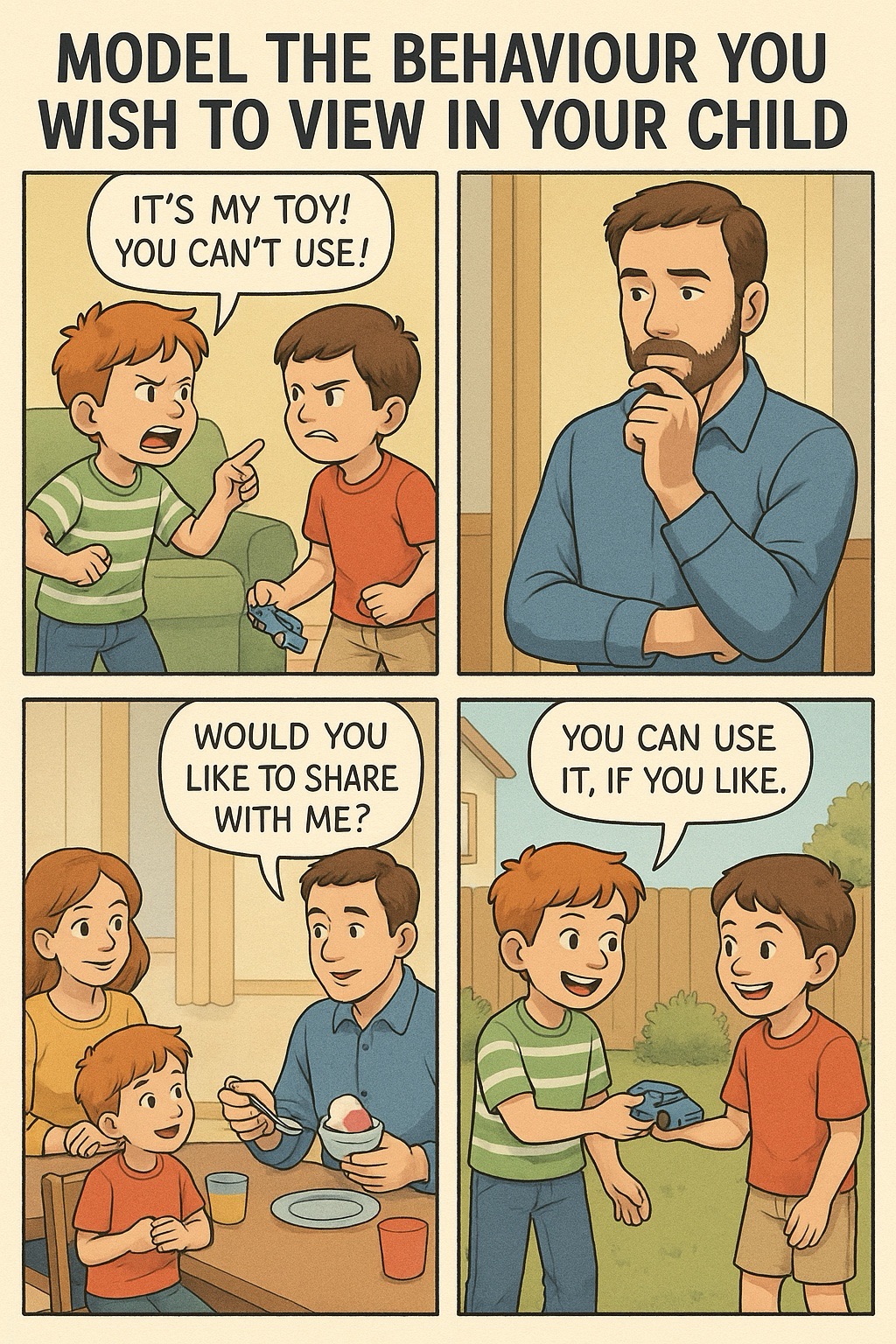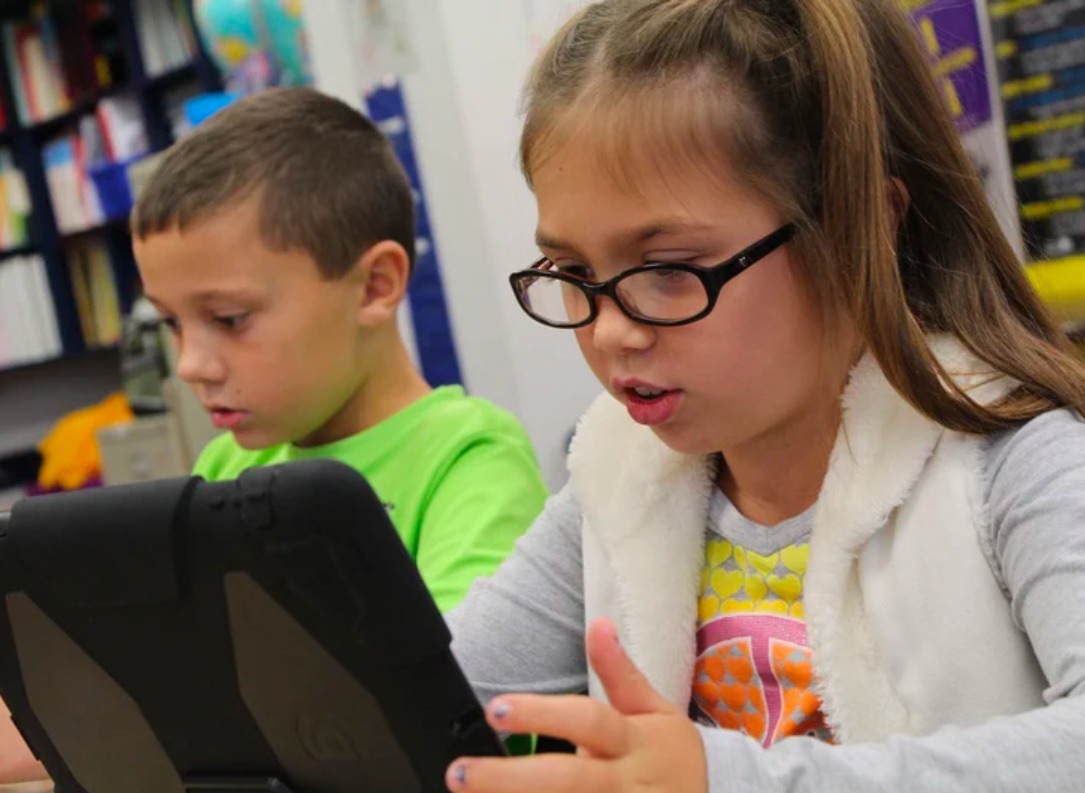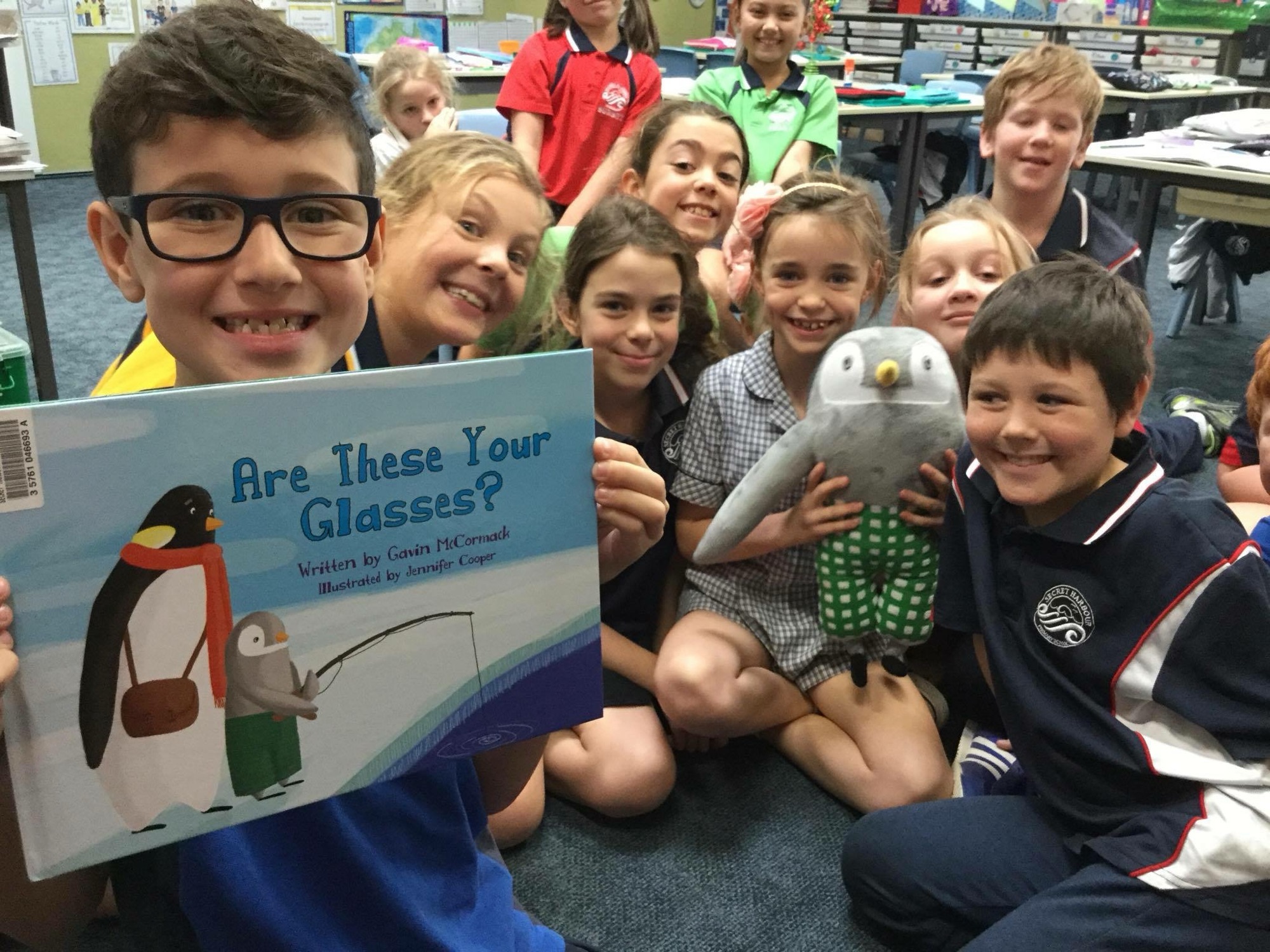The issue we’re facing with school refusal and disengaged students is a complex one, to say the least. Many children today find themselves in environments that feel rigid and uninspiring. It’s not about the teachers, who are dedicated, or the curriculum, which often covers compelling topics. Rather, the problem lies in the traditional classroom setup—long hours of sitting still, highly structured schedules, and a strong emphasis on standardised testing. All of this can make learning feel like a chore rather than a natural, engaging process.

What’s missing? A truly engaging learning experience comes from an environment where children feel empowered, trusted, and free to explore their interests. It’s about creating a classroom culture that nurtures their natural curiosity and allows them to find their own path through the material.
So… how do we boost engagement without completely reinventing the system? Here are ten simple actions you can take tomorrow to make a difference:
1. Start with a jaw-dropping story. Open each lesson with a superlative that captures their imagination. For example, if you’re teaching geometry, talk about the incredible precision of the pyramids. Make them say, “Wow!” before you even dive into the day’s work.
2. Give them a choice in seating. Let children pick where they sit, even if it’s not where you’d have placed them. This simple act of freedom can make them feel respected and trusted right from the start.
3. Provide time for passion projects. Dedicate at least 40 minutes each day for children to explore topics they care deeply about. This is how they discover what excites them—and maybe even what they want to be when they grow up.
4. Ask a “what if” question. Begin the day with an open-ended question that sparks curiosity. Something like, “What if gravity disappeared?” will set the tone for creative thinking and discussion.
5. Do the task alongside them. If you’ve assigned them to build a volcano, roll up your sleeves and make one too. Showing that you’re learning and experimenting right alongside them fosters a sense of teamwork and mutual discovery.
6. Make learning tactile. Bring real-world objects into the classroom whenever possible. Teaching about snails? Collect one on your way to school and let them observe it up close. Hands-on experiences create lasting impressions.
7. Highlight experimentation. Include “trying something new” as part of your assessment rubric. Let them know it’s okay—encouraged, even—to take risks, explore new ideas, and innovate.
8. Let them teach each other. Create space in your timetable where students can present lessons on topics they love. Allowing them to share their passions builds confidence, deepens their understanding, and inspires their peers.
9. Start a Fact Friday tradition. Throughout the week, encourage students to find and research one amazing fact. At the end of the week, give them a chance to share their discoveries. This not only keeps their curiosity alive but also builds research and presentation skills.
10. Find out what kind of teacher they want. Ask your students what makes a terrific teacher. Take their feedback to heart and let them know you’ll do your best to meet their expectations. When children feel heard, they’re more likely to stay engaged.
By making these small, thoughtful changes, you can transform the classroom into a place where children feel excited, curious, and invested in their learning. The key is to focus not on changing the entire system overnight, but on creating a positive, inspiring environment where children’s natural love of learning can thrive.








